Round Isn’t the Only Classic: Rethinking Iconic Watch Design
Buyers Guides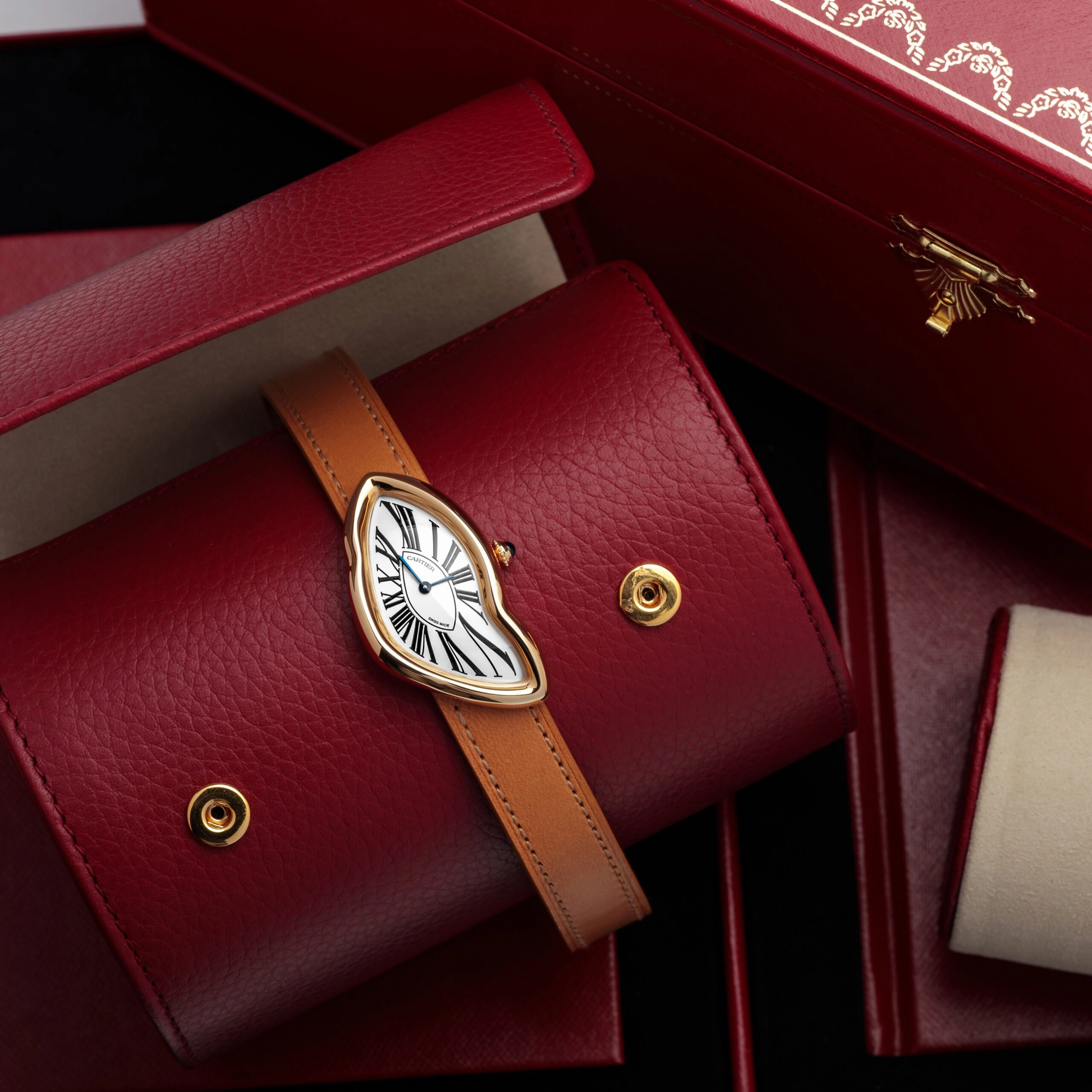
Round rules, but should it?
When most people picture a wristwatch, the mental image is probably round. The shape is timeless, practical, and deeply embedded in the horological history. But look closer and you’ll see that some of the most iconic, most conversation-starting, and most enduring designs ever made came in anything but round cases.
This article isn’t about practicality. It’s about why certain shapes resonate more than others. And asking a deceptively simple question: what case shape, beyond just circular, truly stands the test of time?
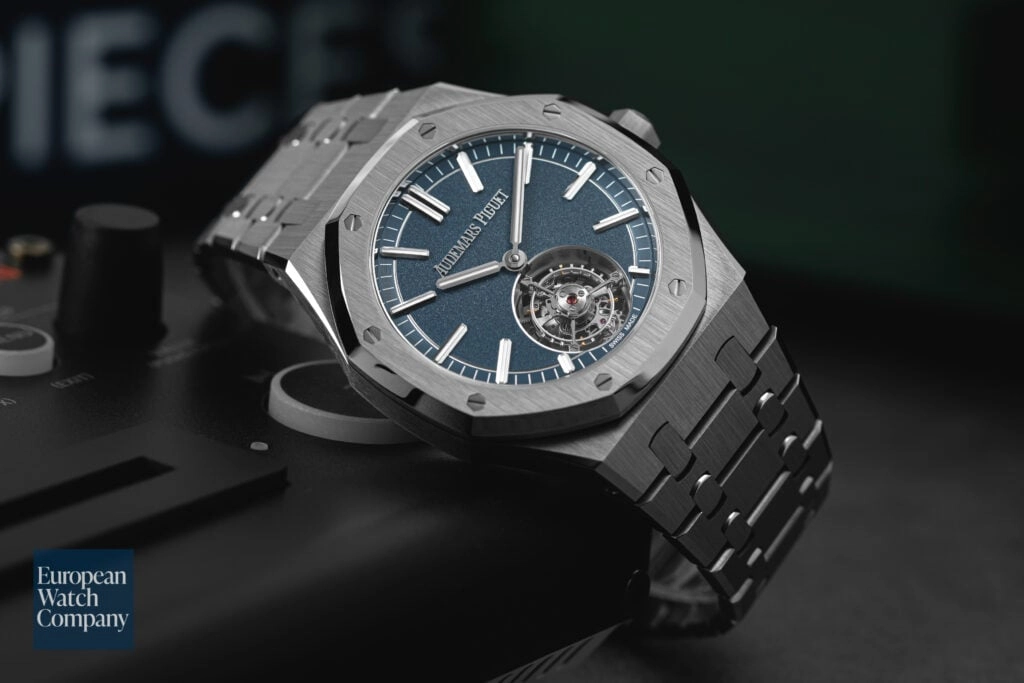
Why Round Reigns — and How That’s Changing
Round cases have long been favored because they reflect the sweep of hands, echoing centuries of time-telling tradition. Max Resnick, the designer behind the Anoma A1 and upcoming Wren Model 3, said, round is "the most classical and conservative approach. It offers endless room for reinterpretation through lugs, bezel, and dial design. Functionally, it also reflects the natural sweep of hands as they track time, a motion that’s been seen in sundials, clocks, and pocket watches for a long time before watches”
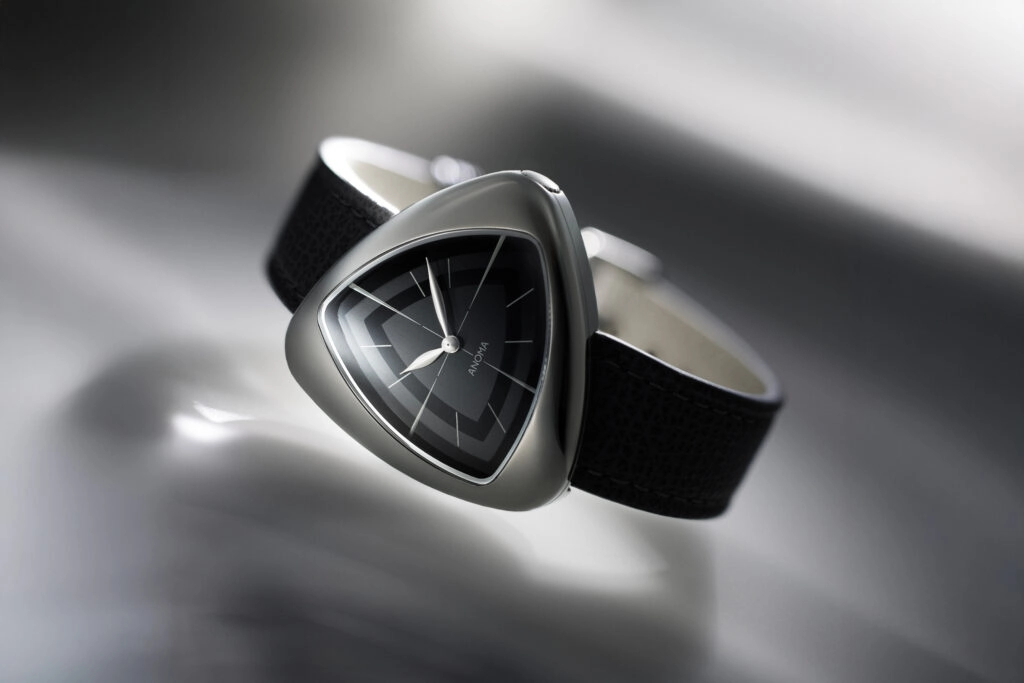
Others were more blunt. “No clue. Pocket watches?” said Justin MacDowell, Watch Specialist at European Watch Company, when asked why round became the default.
Still, both acknowledged the rise of alternatives. “Designers have always experimented with alternative shapes,” Resnick said, “and that appetite for pushing form beyond the circle continues today.”
What Makes a Case Shape Iconic?
Resnick argued that true icon status can’t be designed on demand. “An iconic case shape is something that can’t be engineered or declared from day one — it takes time,” he said. “Longevity certainly helps anchor a design in people’s minds, and cultural impact can accelerate recognition. But those alone aren't enough. To truly become iconic, a shape has to transcend the watch world. It becomes a visual shorthand for a brand’s identity, and often a canvas they can revisit, reinterpret, and evolve for decades.”
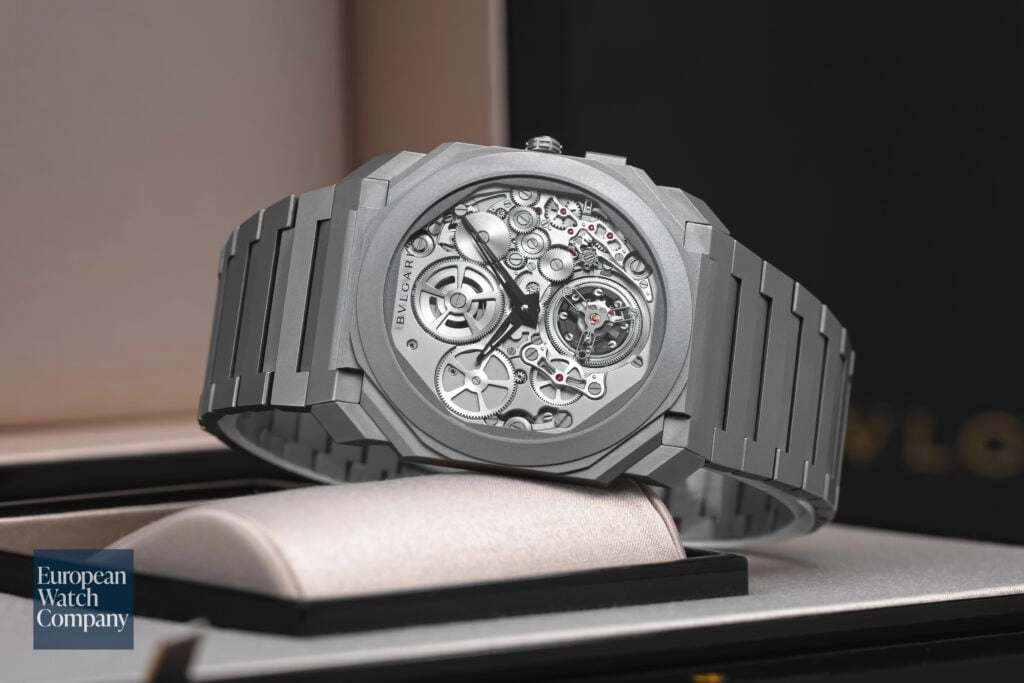
He added, “No one sets out to design something iconic — or maybe I should frame that as, they shouldn’t try to. Brands usually aim to create the clearest expression of their values, vision, and ambition. Over time, a few of those designs strike a chord. That’s when something becomes iconic.”
When asked which non-round case deserves the title, Resnick pointed to the Cartier Santos. “Not only was it the first watch designed specifically to be worn on the wrist, but its shape, with those exposed screws and softly squared form, has endured for over a century. It’s instantly recognizable, and still feels fresh today, which is no small feat.”
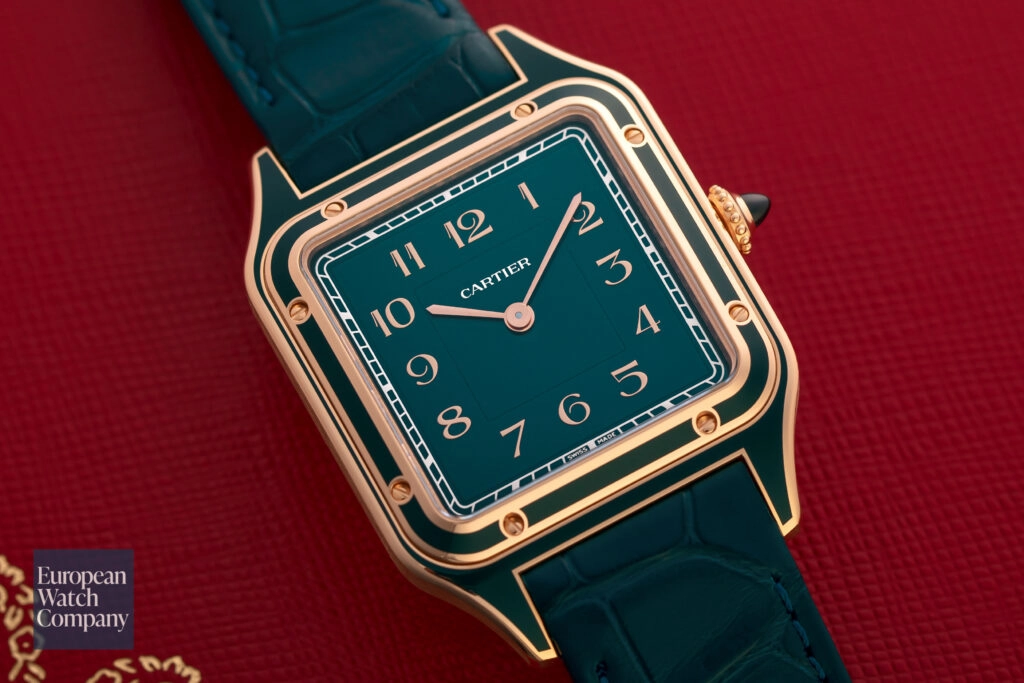
MacDowell made a different pick. “Maybe it’s just me,” he said, “but when I think non-round case, my mind immediately goes to the [Cartier] Crash. It’s been around for 60-plus years now and the design has kind of taken on a life of its own. It’s more than just a watch at this point.”
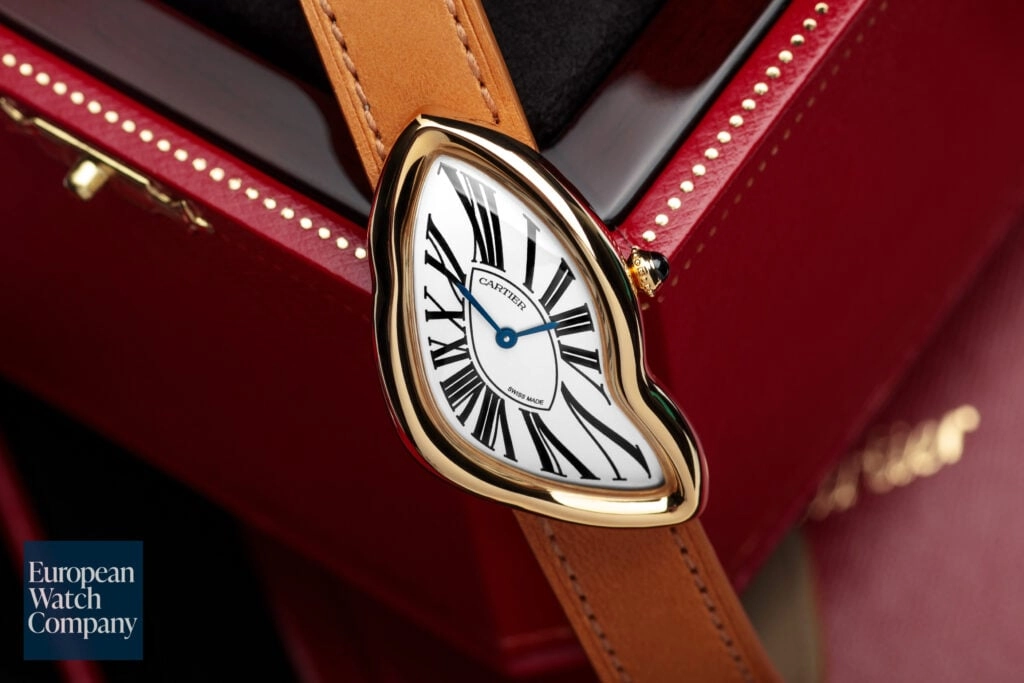
How Shape Feels on the Wrist
While visual identity matters, shape also influences wearability. “Case shape has a dramatic effect on how a watch wears,” said MacDowell. “It’s really all about the geometry of how the lugs or bracelet connect with the case, and how thick the case itself is. Case in point, I wear a 36mm AP Royal Oak ref. 14700 from the early 90s, and it looks and feels much larger than you might think on the wrist.”
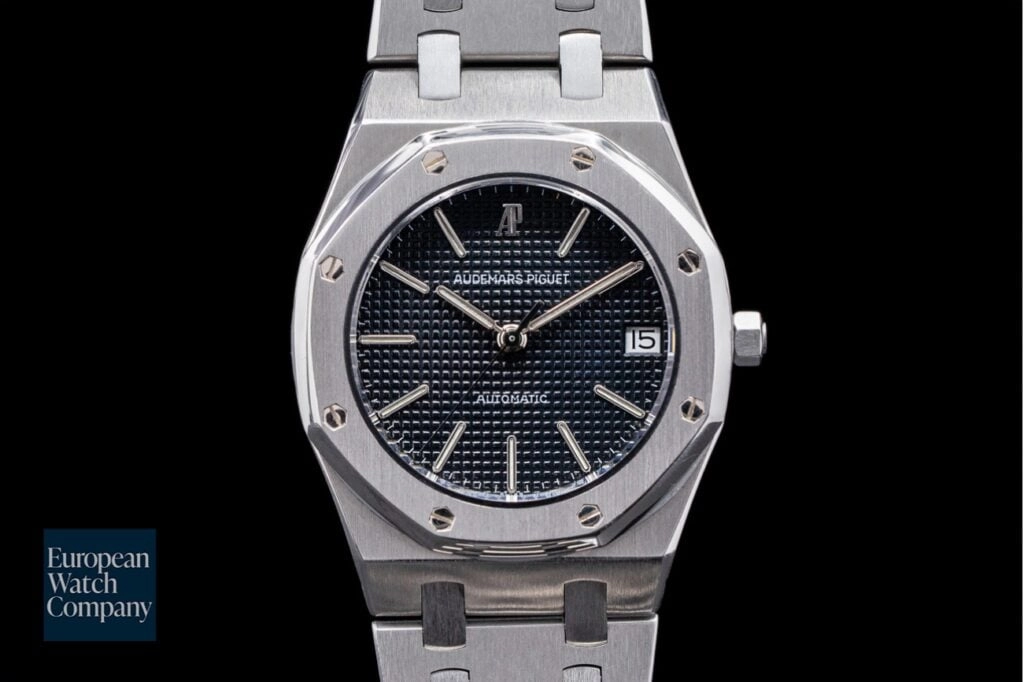
Resnick echoed that tension between form and function. Describing the design process behind the Anoma A1, he said, “We started from a distinctive point, a reference to Charlotte Perriand’s free-form tables. That set the tone for everything. We had to translate a fluid, sculptural vision into something that made sense on the wrist, while still housing a movement, accommodating the dial and glass, and hiding the strap fixings in an elegant way. Originality was essential, but never at the expense of wearability.”
His approach for the Wren Model 3 was similarly grounded in boldness with balance. “The goal was to establish a new design language that captured [Founder] Craig [Karger]’s vision of something born from sci-fi, space travel, and brutalist architecture. It needed to be visually distinctive, but not gimmicky. That led to a bold, sculptural case with unconventional crystal geometry and detailing that steered away from traditional sports watch tropes. Throughout, we kept wearability front of mind, ensuring the proportions worked across a broad range of wrists.”
Are Collector Tastes Evolving?
Resnick believed the market is more open to unique shapes than ever before. “Shaped watches have always existed, but we’re in a moment where they’re more embraced and celebrated than ever. The appetite for creative, characterful design has broadened, and there’s more space now for watches that challenge convention in thoughtful ways.”
MacDowell agreed. “Interest in less traditional shapes has skyrocketed in the past few years,” he said. “Just look at the values for Crashes at auction. We’ve also seen a whole new crop of brands pop up that focus exclusively on non-round watches, think Berneron, Anoma, and they all have waiting lists a mile long.”
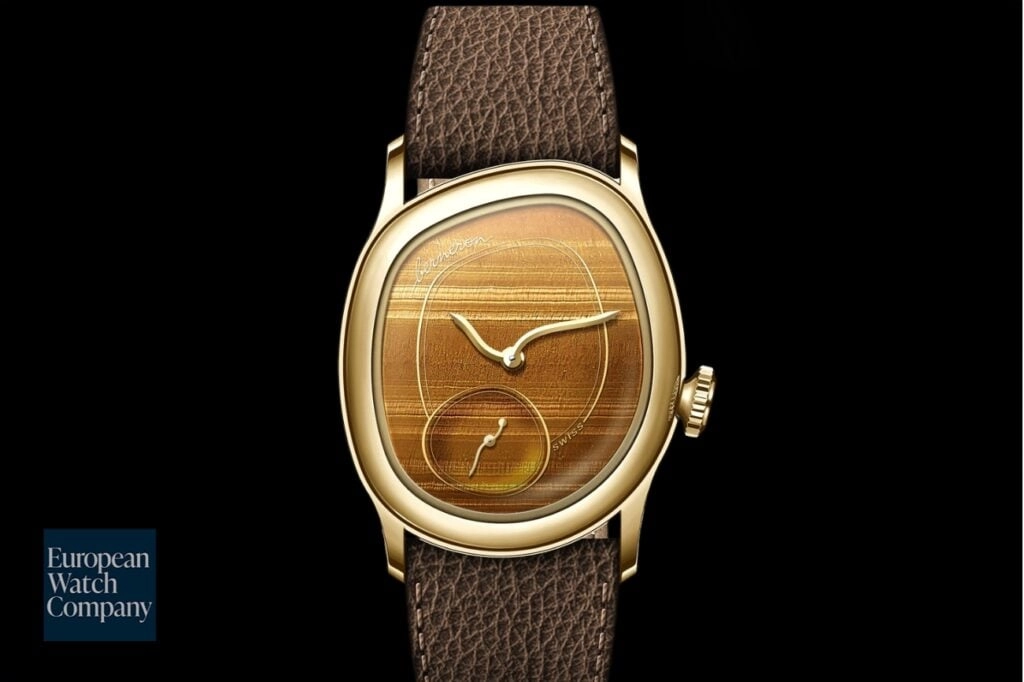
When asked which shapes deserve more love, MacDowell didn’t hesitate. “I think the cushion case deserves more attention. I don’t want to blow up my own spot here, but I love the Patek 5940 and feel like it should be worth more than it is. Actually, let me buy one first and then values can go up.”
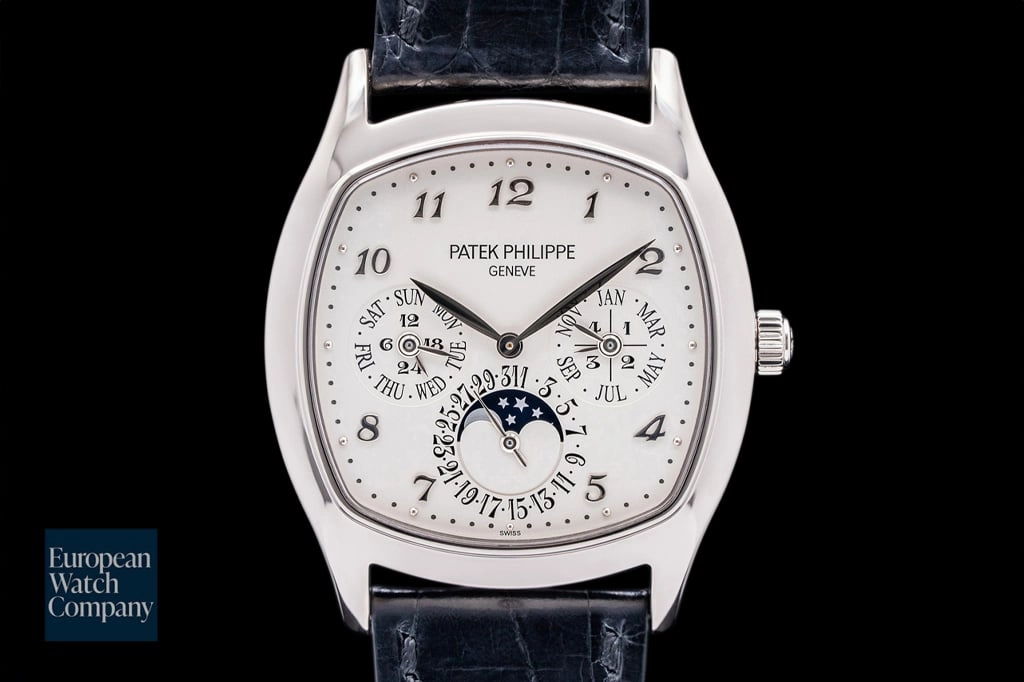
But not all shapes are easy to get right. “I think the tonneau case is the most difficult to do well,” he said. “There are a few brands that have nailed it, but overall, I think a tonneau case is much easier to get wrong than it is to get right.”
So... What’s the Most Iconic?
There may not be a definitive answer. But perhaps the better question is: which case shapes have defined eras, created categories, and inspired generations of designers to think differently?
Round may dominate the catalog. But in conversations, and increasingly on wrists, shapes like the rectangle, octagon, tonneau, and asymmetry are winning the battle for attention.